At somewhere from 6 months to 18 months (depending on the size of your pup) they will hit the “Second Fear Phase”.
This is pretty dramatic and is sometimes just fobbed off as “ohh, it’s just teenagers for you” – but it can come with some more worrying underlying issues that you should be aware of.
I say this, because Indie and I learnt the hard way about the fear phase.
As a result of poor breeding (despite all my best efforts to the contrary) Indie developed fear based reactivity, and this only bloomed at this phase of his development. It felt like the change was overnight.
Looking back? It wasn’t.
There were signs, there were signs I missed.
And in a lot of the dogs I’ve worked with? This is where things started to go wrong.
Ever since, I’ve helped a number of ‘teenage’ dogs through this phase, to help their parents guide and re-teach them (quickly) about how to put pup back on the right track.
The importance here? Is that you recognise the signs quickly, and act.
Whether that’s to get a trainer involved or otherwise.
This piece was written to guide you, not resolve the problem. You should still reach out to me, or another positive reinforcement based trainer and work through it together.
So! With that known, let’s start here…
What Is The Second Fear Phase?
With most mammals there are natural ‘brave’ phases, and natural ‘fearful’ phases, it’s kind of how mother nature helps animals who arent domesticated learn their survival skills – by trial and error at a young age. The result of this is a more successful animal that meets the world.
It’s a little more complex in humans, but luckily with dogs it’s quite predictable when it is and what’s going to happen.
This is when we hit a fear or cautionary phase where new things? Can become scary, or things that we were kind of okay with? Can change our minds pretty quickly if they do something new. Where before this may have sparked curiosity, this will spark a more fearful “Whoa!” reaction now.
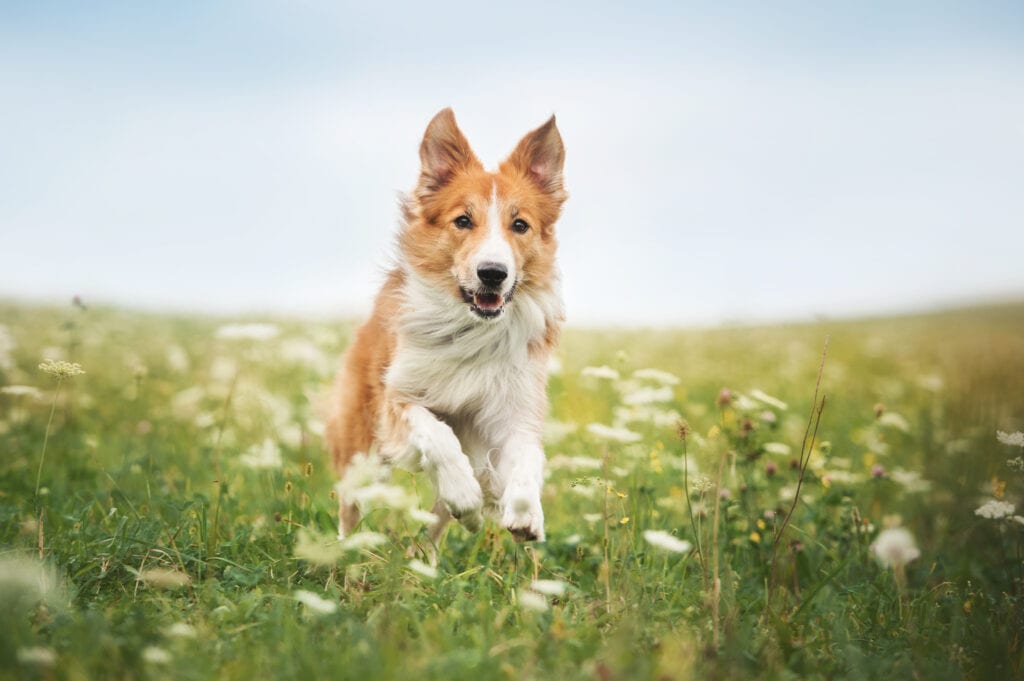
When Does The Second Fear Phase Start & End?
So, it will vary by size, by breed and by an individual. A labrador may be a similar size to a german shepherd but they tend to go through fear phases late, where as two german shepherd puppies may go through it a month apart, or even four months apart depending on their breeding and then on their life experiences so far environment and a whole host of other variables.
This means that the window is a huge window from 6 months to 18 months. And when it ends? Well, again this varies a lot too! Typically a couple of months? But this is also the time they can pick up a habit that will last them a lifetime if you’re not careful (after all, that’s evolutionary programming, right?)
What’s Can The Fallout Be Of The Second Fear Phase?
Most often this comes in two forms. Fear of dogs or humans, which is either a fight or flight response. Or, Separation anxiety.
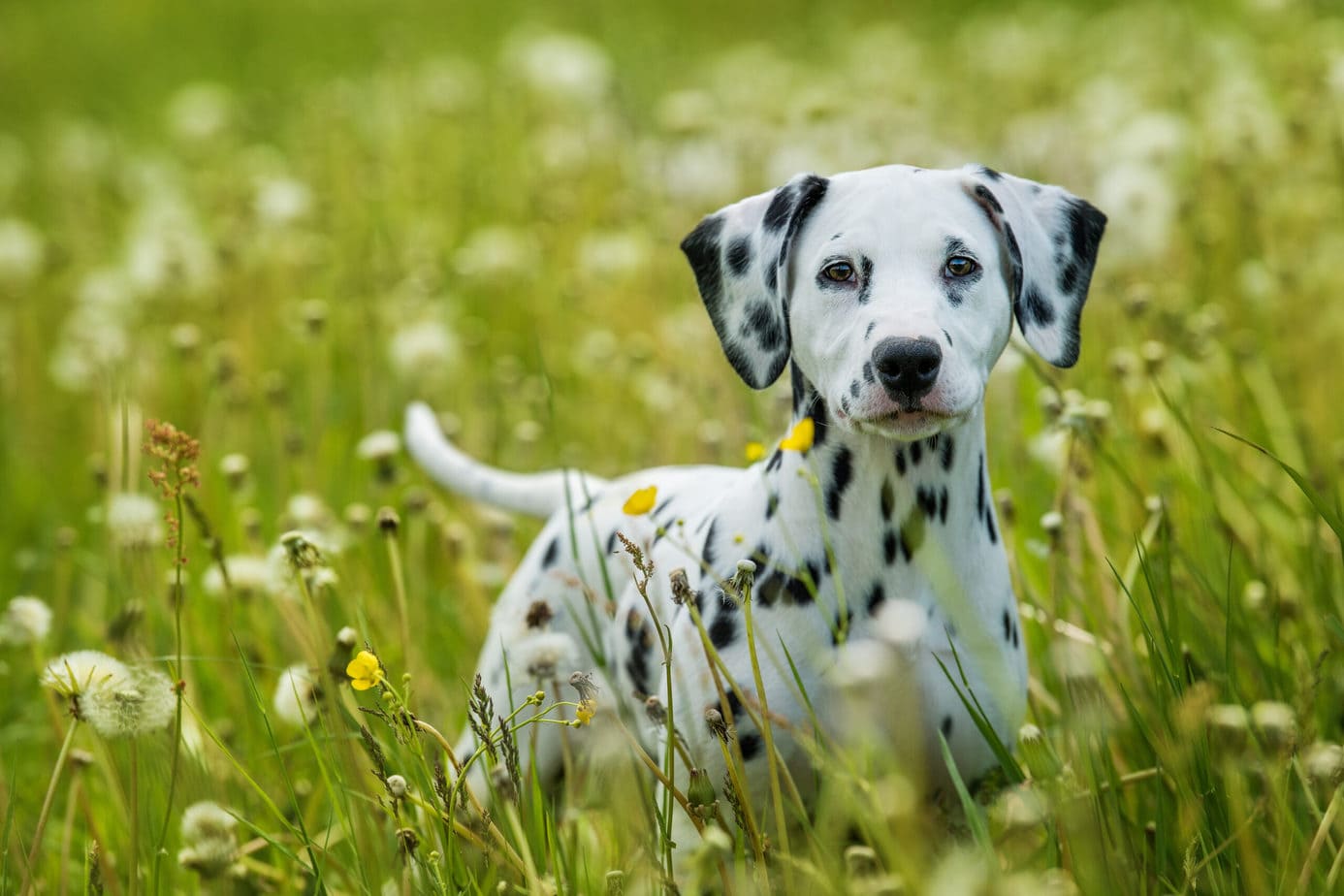
Fears Are Scary…
For your pup, and for you.
But it’s avoidable…
Now, whilst this can be trained out as an adult? It’s always easier to help prevent it now. Just please don’t put you, them or others at risk for the lack of training. Do it now if you can.
Fear Of Other Dogs Or Humans.
This comes if socialization isn’t where it should be, that they were pushed too much too quick and still have an underlying confidence wobble or that there was a step missed for them.
This fear is perhaps the most obvious in one of it’s forms, namely the bark and lunge (this would be the pseudo ‘fight’ option), this is where they find dogs approaching scary – so their response is to be terrifying and the dog will go away, restoring their safety and flooding them with rewarding hormones.
This one often seems the most dramatic, and truthfully it is risky! You may consider desensitising a muzzle, and opting for training with a professional for this one and I wouldn’t blame you. Just please don’t be tempted to use aversive based training, fear will be suppressed by negatives, and confidence will be raised by positive and a fear can be overcome.
The other option when this happens is that you get a dog who doesn’t want to socialise – and that’s fine. Typically they’ll manage the 3D’s themselves and get enough distance from what they find intimidating and just skirt around the issue. This one? I wouldn’t be too worries about.

Separation Anxiety
When it comes to leaving our dogs home alone, it’s pretty tough.
It causes us anxiety at times, so can you imagine how our puppies feel? Well, yes. This is where it all comes from, and if we leave them too early, don’t support them enough, or support them too much, this one can be a problem.
Where do you go with it? You go slow, you go steady and you set them up for success.
Signs you might find are:
A – Apparent lapse in toilet training
B – Chewing inappropriate things
C – Digging beds, sofas, cushions, carpets or rugs
D – howling, barking, whimpering or yelping.
E – Pacing.
F – Excess saliva
It can be pretty dramatic affair, and hopefully, you’ll see the signs before they develop into full blown separation anxiety.
Other Fears That Can Develop
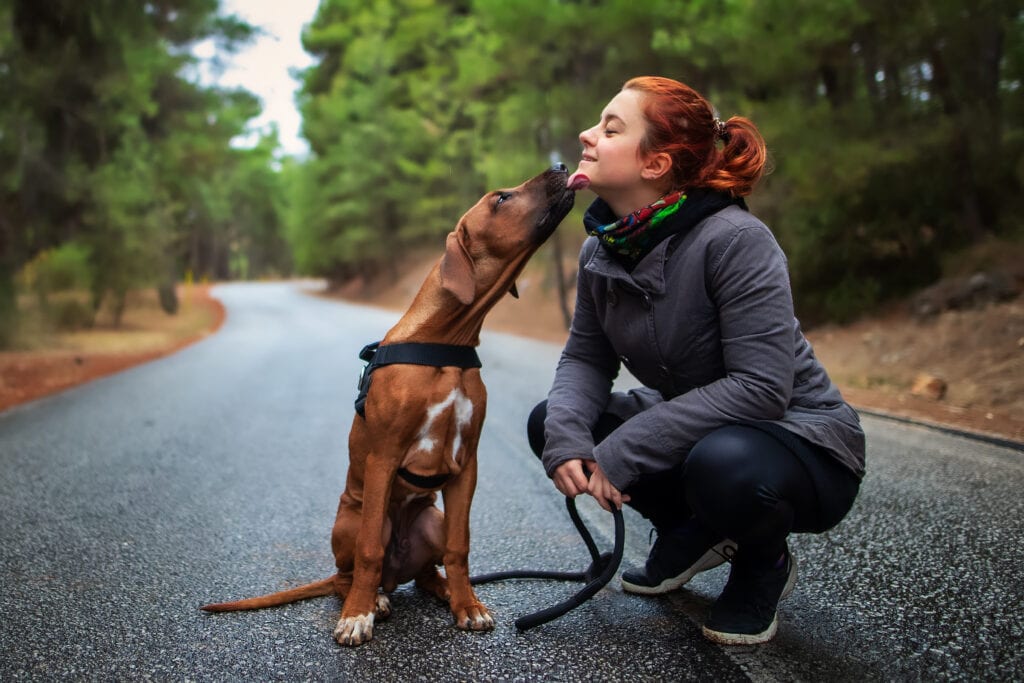
What Can You Do About Fear Of New Dogs Or People In The Second Fear Phase?
This one is pretty simple in principle. It just takes a bit of knowledge and a lot of practice and fine tuning.
You start socialization all over again.
Take it gently, manage the three D’s (Distance, Distraction & Duration), and let your dog guide you as to when they are comfortable and uncomfortable, and play right at that line before they get uncomfortable.
You may find it a good idea to brush up on your dog body language understanding too.
Create a positive experience with these dogs from a distance, ensure that you’re working toallow pup to see the other dog and not demonstrate their fear (whether fight or flight). This may involve you being a little rude to people for a bit, but it’s worth it for your puppy’s sanity and your long term happiness together.
Signs to watch out for are:
- Sudden uncertainty approaching one or a group of other dogs
- Inability to take treats
- Unbreaking eye contact (staring at the scary thing)
- Tenseness in the body (I used to describe it as Squaring up)
- ‘Whale’ eye
If your dog is already to a point that you don’t feel comfortable treating this alone? Then consider taking Rebarkable’s 2021 Awarded Best Online course for Reactivity which may just help you get things under control.
What Can You Do About The Beginnings Of Separation Anxiety During The Second Fear Phase?
Watching this unfold can be incredibly subtle, and it is something you could miss, or dismiss. And if you do? Don’t punish yourself. After all, you don’t know what you don’t know.
It may come in reports from your neighbours that say your dog is howling or barking when you’re not at home.
Either way? Grab a camera (pet camera, ring camera, or just rig your laptop to call your phone when you leave and watch what happens.

If you see signs of stress when you leave your pup? And if you do witness the signs of stress that I’ve outlined above? Then you’re likely in the early stages of separation anxiety.
What I’d like to see you do? Is start over with the Home Alone procedure, look into mitigating factors for longer periods of time where you’ll be out of the house, and remember above everything please do protect your pup from ingesting things – that’s a vet trip you really don’t want to take.
If you can? Increase their mental stimulation and try and iron out the first 10-15 mins of their time alone. This is when their anxiety peaks the most and if you can get them focused on an activity across this time that relaxes them naturally? Then you’ll likely see some great results, very quickly.
Again, if you’re stuck? Ask me, or head to Rebarkable’s 2021 Awarded Best Online course for Seperation Anxiety.
Base Principles
Often times when we get stuck with training? When we feel lost or like we’re struggling to understand, break down the process, take it back to base principles and start again.
Break it down into smaller bitesize chunks and reinforce with higher value treats with higher consistency.
You know the right way to do things, you’ve just not quite gotten it right the first time – that doesn’t mean that you can’t get it right now. The Second Fear Phase is an interesting point in teenage puppy development. It’s tough? But it’s doable.
If you need support? Let me know. I can help or point you in the right direction.

Author, Ali Smith
Ali Smith is a professional, qualified, and multi-award winning trainer is the founder of rebarkable. She has always believed animals deserve kindness and champions force free methods. Believing that dog guardians will all choose the kindest options if proper information is provided, she aims to help all dog guardians who need it and make dog training as accessible as possible
Ali lives win Maryland, US with her husband and her three dogs.

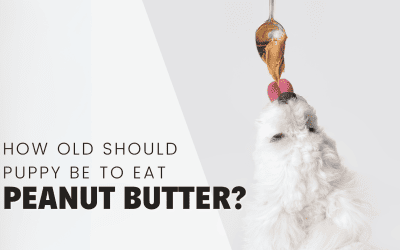
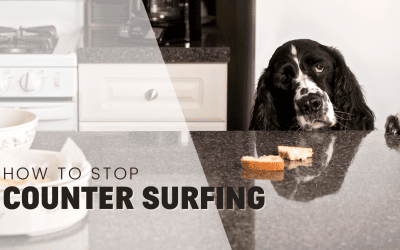
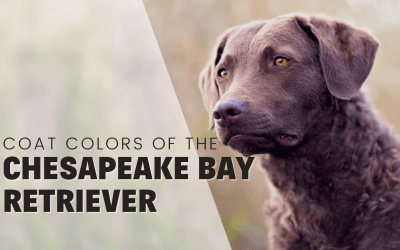
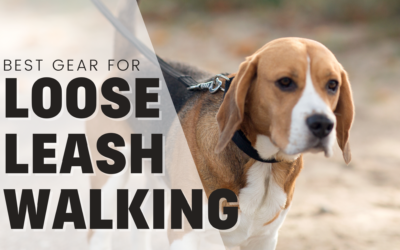

0 Comments